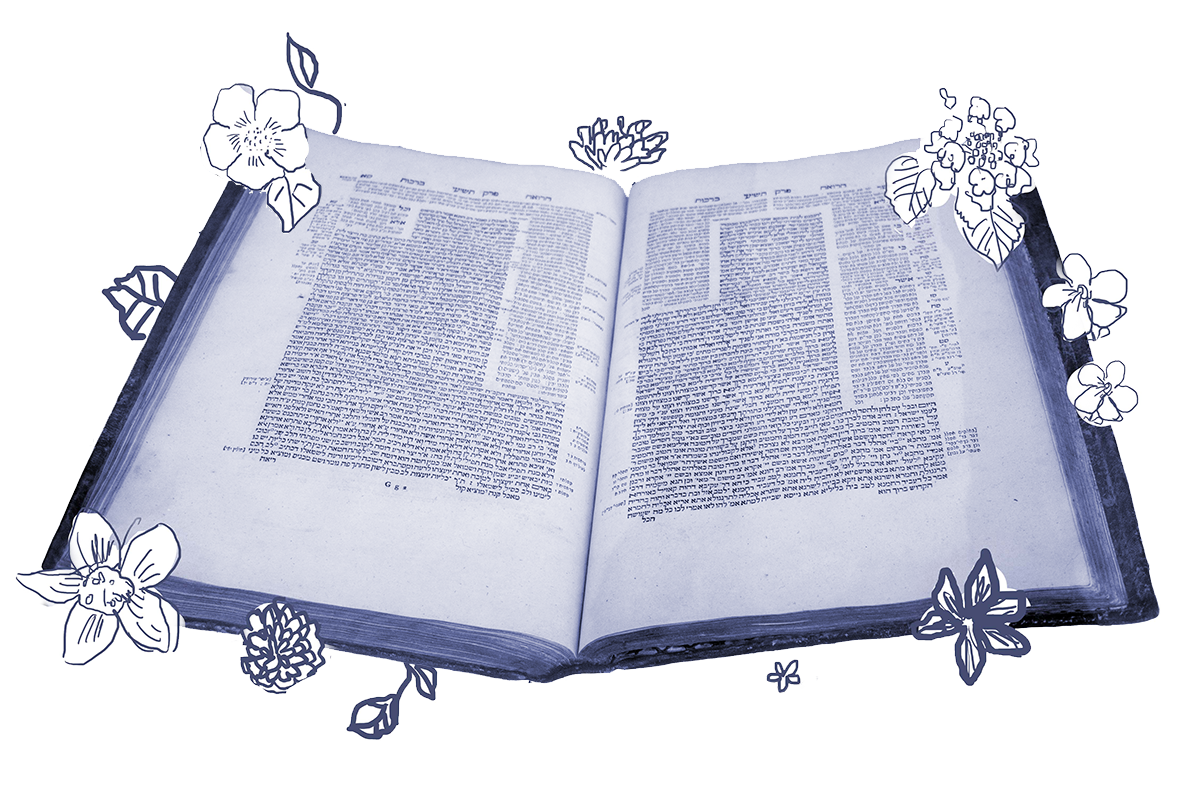Yesterday, the rabbis told us that one year can have four new years. Today’s daf tells us that one person can have three names! The examples that it brings are fascinating: A Canaanite king and Cyrus of Persia.
We are first introduced to the Canaanite king under discussion in Numbers 21:1, where he attacks Israel and is defeated. There the Torah calls him “The Canaanite, King of Arad.” The Gemara connects this king to a character mentioned in Deuteronomy 1:4, “Sihon the Amorite” (Amorites lived in Canaan, so the Bible tends to equate the two groups). A beraita synthesizes these two passages, saying these are all his names:
He is Sihon, and he is Arad, and he is also Canaan. Sihon because he was similar to a foal (seyyah) in the desert; Canaan after his kingdom. And what was his real name? Arad was his name.
Some say: Arad because he was similar to a wild ass (arod) in the desert; Canaan after his kingdom. And what was his real name? Sihon was his name.
Both opinions in the beraita insist that the king had one personal name, one name that referred to his monarchy, and one name that functioned as an epithet that referred to his nomadic or wild ways. The rabbis offer the same kind of schema for Cyrus:
It was taught in a beraita: He is Cyrus, he is Darius and he is also Artaxerxes. He was called Cyrus (Koresh) because he was a virtuous (kasher) king; he was called Artaxerxes after his kingdom (i.e., this was his royal title). And what was his real name? Darius was his name.
Interestingly, this last beraita is wrong — at least historically. Cyrus the Great of Persia ruled Persia from 559–530 BCE. He conquered the Babylonian Empire that had destroyed the First Temple and exiled the Jewish elites, and allowed the Jews to return to the land of Israel and rebuild the Temple, making him a hero to the Jewish people. Darius the Great ruled from 522–486 BCE, apparently overthrowing Cyrus’ legitimate heir to take the throne. It is under his reign that the Second Temple was completed and rededicated. His grandson, Artaxerxes, ruled from 465–424 BCE. It’s possible that the events of the Book of Esther are set during his reign. Ahasuerus, the name of the king in the Book of Esther, is actually the Hebrew version of the name Artaxerxes.
Now it’s true that the rabbis of the Babylonian Talmud were living some thousand years after all this took place. But they were also living in a world, and in an empire, which was shaped by Cyrus and his Persian successors. Babylonia was a province in the larger Sasanian Empire which succeeded the Persians in ruling the region. So wouldn’t they have known that Cyrus, Darius and Xerxes were different people? Or had so much time passed that they’d lost track of who ruled when? After all, how many Americans can list all the U.S. presidents in order. I mean, who hasn’t mixed up John Tyler with Zachary Taylor, right? (Apologies to U.S. history buffs!)
But whether the rabbis made a mistake, intentionally rewrote history, or even if every modern and ancient historian got it wrong and they got it right, we can say this: In insisting that these kings have three names, these two teachings paint a picture of what it means to rule a nation. It means not just having a private name, but representing the people and the land as a whole and being publicly known for your behaviors. It’s a tough balancing act, but one which the rabbis think Cyrus, at least, got right.
Read all of Rosh Hashanah 3 on Sefaria.
This piece originally appeared in a My Jewish Learning Daf Yomi email newsletter sent on October 12th, 2021. If you are interested in receiving the newsletter, sign up here.
With your help, My Jewish Learning can provide endless opportunities for learning, connection and discovery.



